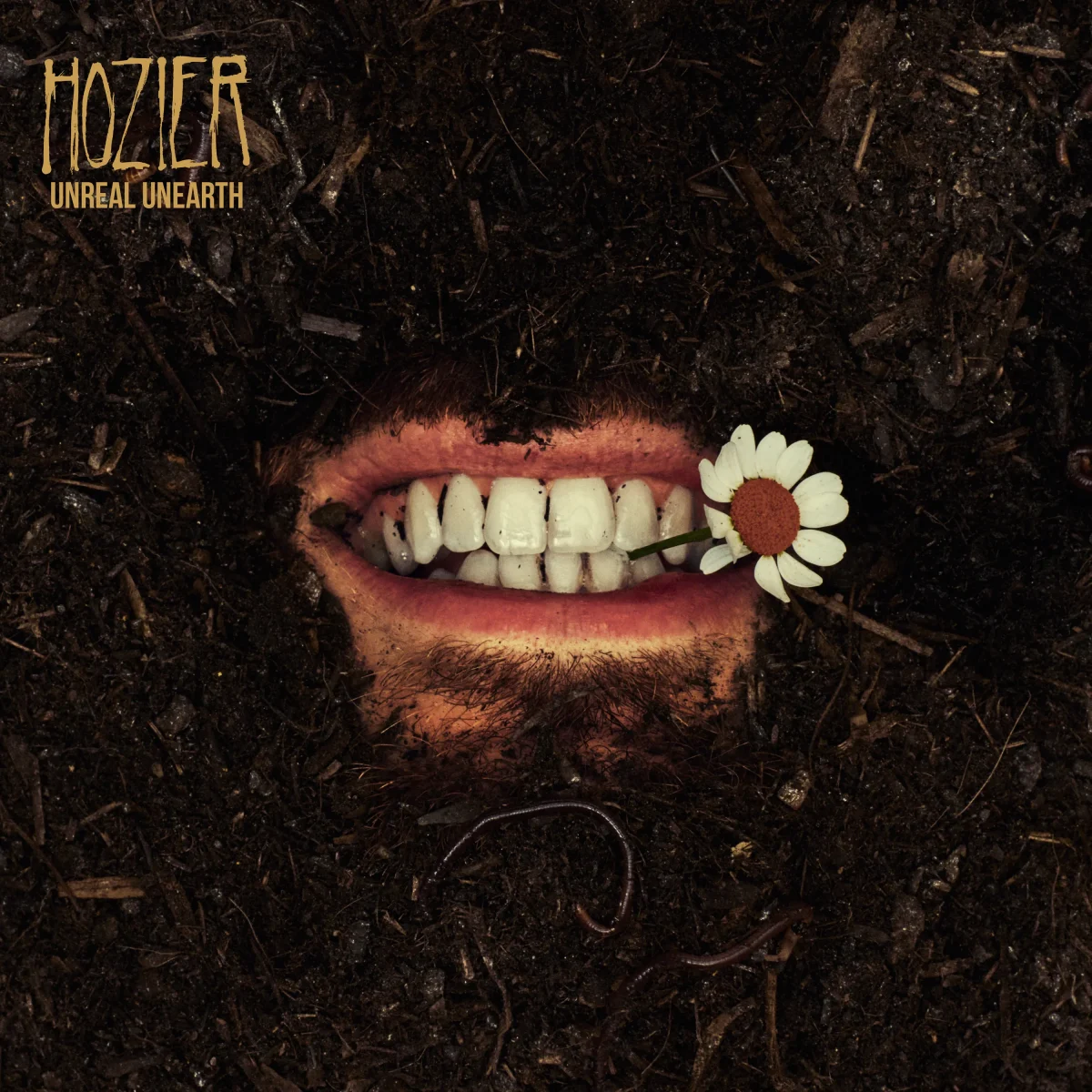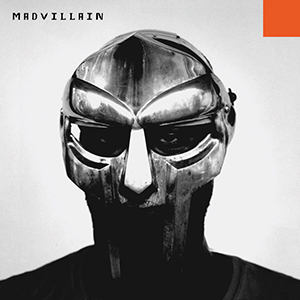
In “The Next Day,” David Bowie’s unexpected new album and first release since 2003, the 66-year-old clearly has Berlin on his mind. The surprise album that shattered the singer’s nearly 10-year silence returns listeners to an energy and confidence unseen in Bowie’s music since the early ‘80s.
Following years of rumor that Bowie was done recording for good, the new album’s first single hit iTunes without warning on the artist’s January birthday. “Where Are We Now?” is a melancholy tune in which Bowie croons through memories of late-’70s Berlin with lyrics like “sitting in the Dschungel on Nürnberger Strasse/A man lost in time near KaDeWe.”
While Bowie sounds almost mournful in this recollection, the singer’s focus on his years in Germany is good news for fans. After moving to Berlin in 1976, Bowie began the collaboration with Brian Eno that resulted in “Low,” “Heroes” and “Lodger,” three krautrock and ambient-inspired albums now known as the Berlin Trilogy. Released between 1977 and 1979, the three albums are united by strong 4/4 beats underneath minimalist vocals, recurring guitar parts and frequent synthesizers. The overall feel of the triptych is embodied in the song “Heroes,” an emotionally raw fan favorite that tells the story of two lovers who meet underneath the Berlin Wall in the midst of war.
After the release of “Lodger” in 1979, Bowie departed Berlin, leaving the krautrock-inspired sound of the Trilogy behind in favor of the post-punk feeling of 1980’s “Scary Monsters (and Super Creeps).” For the man whose previous track record included psychedelic, folk, glam rock and soul-inspired musical forays, this genre jump was nothing new.
As Bowie’s career continued into the ‘80s, the artist continued to reinvent his sound with decreasing success. Though “Let’s Dance” garnered mainstream attention, Bowie’s subsequent attempts at hard rock, industrial and drum and bass, seemed to lack the same energetic desperation and creativity that drove much of his earlier work. Even “Outside,” Bowie’s ambitious 1995 Eno collaboration, sounded drained and soulless when compared with the artist’s ‘70s work. When backstage chest pains from a blocked artery forced Bowie to cancel his 2004 “Reality” tour, the news of bad health caused widespread speculation that Bowie was done recording. In August 2011, Bowie biographer Paul Trynka told Spinner “My heart says he’ll come back, (but) my head says he’s likely not to … It would be a bit of a miracle if he comes back, but miracles do happen.”
As it turns out, Trynka’s miracle was secretly in the works at The Magic Shop recording studio in New York. According to a Rolling Stone interview with producer Tony Visconti, Bowie and a group of trusted musicians clandestinely worked on the album for two years before quietly releasing the first single to iTunes on Jan. 8.
The album, released in the U.S. on March 12, makes its influences immediately clear. While “Where Are We Now?” shows respect to the German city lyrically, the album’s remaining 13 songs pay homage musically. The first sound on the album is a percussion beat that heralds a pulsing 4/4 rhythm coupled with measured guitar. This strong, precise feeling reminiscent of “Low” and “Heroes” is woven throughout the album.
The most blatant reference to the Berlin Trilogy is “How Does The Grass Grow?,” a track that contains lyrics like “That’s where we made our tryst and struggled with our guns/Would you still love me if the clocks could go backwards?” before changing key and tempo to end with a distorted guitar and keyboard section uncannily reminiscent of “Heroes.”
Many of the other tracks are less lyrically referential, dealing with typical Bowie subjects like stardom, love, war and outer space. Underneath these themes, there’s a new subject at play; as in “Where Are We Now?,” a few tracks directly address the artist’s identity in a way past albums never did. In “If You Can See Me,” the highest point of the album, Bowie sings “I could wear your new blue shoes/I should wear your old red dress” between strangely harmonized choruses of “If you can see me/I can see you.” The album closer, a foreboding, minimalistic track reminiscent of “After All” from 1970’s “The Man Who Sold The World,” regularly repeats the phrase “And I tell myself/I don’t know who I am.”
Though Bowie may claim to not know who he is, the confidence that fills this release begs to disagree. Bowie’s command of his material holds the album together even through the weaker points. Songs like “Valentine’s Day” and “Dirty Boys” are not particularly memorable on their own, but don’t compromise the flow of the album, either.
Though heavily reminiscent, “The Next Day” is not a collection of swansongs. In a January interview with The Telegraph, Visconti said another new album may soon be in the works. “Bowie has found out what he wants to do,” said the producer, “He wants to make records.” Though only time will tell what Bowie might bring in the future, fans can rest content knowing that the man of many genres has broken his multi-year musical identity crisis with a great album.
Shaina Mishkin can be reached at [email protected].












